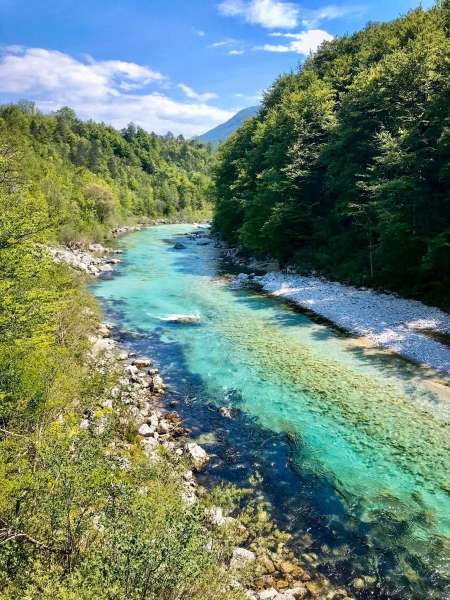STA, 20 November 2018 - Slovenia will get significantly hotter by the end of the century as greenhouse gas emissions drive climate change, and even the most optimistic scenarios show that the frequency and severity of heat waves will increase. Precipitation patterns will be upended as well, in particular in winter, the latest climate projections show.
The projections, released by the Slovenian Environment Agency on Tuesday, consider three scenarios of climate change compared to the reference years 1981-2010 - and under all of them the changes will be profound.
Average temperatures set to rise
Average temperatures, having already increased by 2.2 degrees Celsius since pre-industrial times by 2011, are projected to rise by 1.3 degrees by the end of the century according to the most optimistic scenario and as much as 6 degrees according to the most pessimistic scenario.
The number of hot days will increase by 6-27 days depending on scenario, but even under the most optimistic scenario heat waves will be much more common and longer.
There will be at least one heat wave each year as bad or worse than the record-setting heat wave of 2003. "By the end of the century, 2003 could be considered quite fresh," Environment Agency researcher Gregor Vertačnik said.
The flip side of the warmer climate will be a significantly longer growing season, which could begin a month earlier and end a month later, without an increase in the probability of spring frost.
More rain is expected under both optimistic and pessimistic projections
In the past fifty years Slovenia has been getting drier, with precipitation dropping by about a tenth and the snow cover by more than half.
But by the end of the century, the situation is likely to be completely different, especially in eastern Slovenia.
In the moderately optimistic and pessimistic scenarios precipitation is expected to increase by 20% by the end of the century, but the overall increase masks even more profound seasonal changes.
In the pessimistic scenario, winter precipitation is projected to increase by 40% by the middle of the century and up to 60% by the end of the century.
In other seasons the change will not be so profound, though projections show a significant increase in extreme weather events such as flooding in general.
Droughts not a problem
The good news, according to the agency, is that Slovenia will not have a shortage of water, as the average annual replenishing of aquifers will increase by about a fifth.
But this also means waterways are more likely to spill over.
The Environment Agency said the projections show climate change will impact every facet of life and required adaptation.
"The projections are primarily a groundwork for adaptation to climate change. But they can also be used in strategic projects with a long time span which must be resilient to climate change. Everyone planning such projects needs our forecasts," according to the agency's chief climatologist Mojca Dolinar.
Barbara Simonič of the Ministry of the Environment and Spatial Planning said resilience to climate change needed to improve. She said the national-level projections must now be followed-up by assessments for individual sectors.
While the analysis considers three scenarios, the agency also warns that there is a high degree of uncertainty, with the gravity of change depending on how much humanity manages to limit greenhouse gas emissions and how reliable the forecasting models are.
Our other stories on climate change sand Slovenia are here







